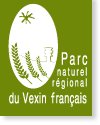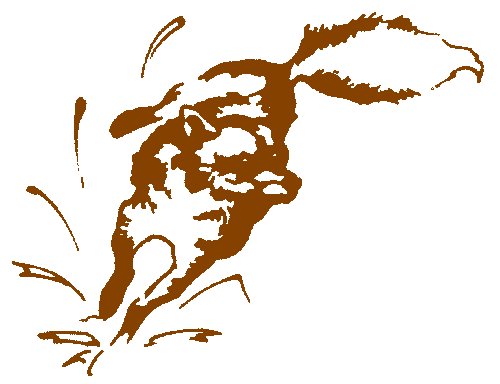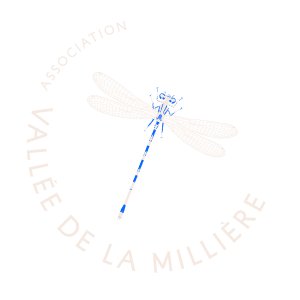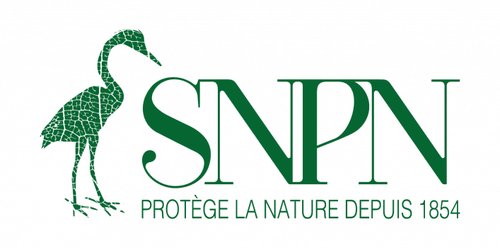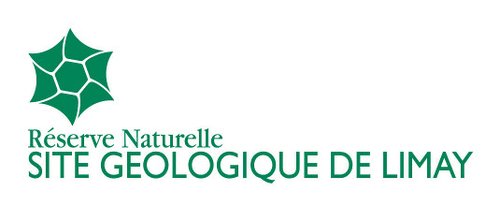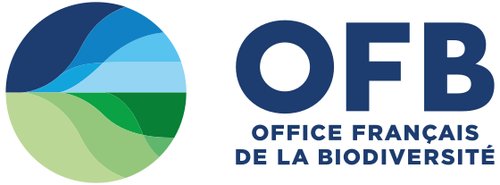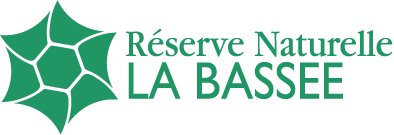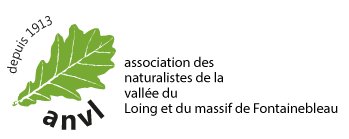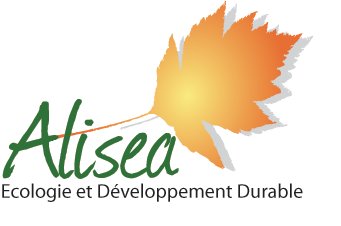Chargement...
-
506
observations -
111
communes -
81
observateurs
35
organismes -
Première observation
1976 -
Dernière observation
2025
Communes :
Arbonne-la-Forêt
-
Arthies
-
Avernes
-
Banthelu
-
Bennecourt
-
Béthemont-la-Forêt
-
Boissy-le-Sec
-
Boissy-Saint-Léger
-
Bonneuil-sur-Marne
-
Bonnières-sur-Seine
-
Bouffémont
-
Boussy-Saint-Antoine
-
Boutervilliers
-
Brie-Comte-Robert
-
Brueil-en-Vexin
-
Brunoy
-
Bry-sur-Marne
-
Chalo-Saint-Mars
-
Champigny-sur-Marne
-
Champs-sur-Marne
-
Charmont
-
Chars
-
Chaussy
-
Chauvry
-
Chennevières-sur-Marne
-
Chenoise-Cucharmoy
-
Chérence
-
Cléry-en-Vexin
-
Combs-la-Ville
-
Commeny
-
Corbeil-Essonnes
-
Créteil
-
Crosne
-
Domont
-
Dourdan
-
Draveil
-
Émerainville
-
Épinay-sous-Sénart
-
Étiolles
-
Follainville-Dennemont
-
Fontainebleau
-
Gargenville
-
Genainville
-
Gommecourt
-
Gouaix
-
Gouzangrez
-
Guiry-en-Vexin
-
Haute-Isle
-
Hermé
-
Hodent
-
Issou
-
Jambville
-
Joinville-le-Pont
-
La Queue-en-Brie
-
Larchant
-
La Roche-Guyon
-
Le Bellay-en-Vexin
-
Le Perreux-sur-Marne
-
Le Plessis-Trévise
-
Les Granges-le-Roi
-
Lésigny
-
Limay
-
Limeil-Brévannes
-
Limetz-Villez
-
Magny-en-Vexin
-
Maisons-Alfort
-
Mandres-les-Roses
-
Mantes-la-Jolie
-
Marolles-en-Brie
-
Maudétour-en-Vexin
-
Montévrain
-
Montgeron
-
Montlignon
-
Moussy
-
Nogent-sur-Marne
-
Noiseau
-
Noisy-le-Grand
-
Nucourt
-
Ormesson-sur-Marne
-
Paris 12e
-
Perdreauville
-
Périgny
-
Pontault-Combault
-
Quincy-sous-Sénart
-
Rolleboise
-
Rosny-sur-Seine
-
Sagy
-
Saint-Fargeau-Ponthierry
-
Saint-Gervais
-
Saint-Martin-la-Garenne
-
Saint-Maur-des-Fossés
-
Saint-Maurice
-
Saint-Prix
-
Santeny
-
Septeuil
-
Servon
-
Soisy-sur-Seine
-
Sucy-en-Brie
-
Théméricourt
-
Tigery
-
Valenton
-
Varennes-Jarcy
-
Vétheuil
-
Vienne-en-Arthies
-
Vigneux-sur-Seine
-
Villeconin
-
Villecresnes
-
Villeneuve-Saint-Georges
-
Villiers-sur-Marne
-
Wy-dit-Joli-Village
-
Yerres
Akram Romane -
Amiard Pamela -
Berger Luc -
Bertho Fabian -
Bogaczyk Jonas -
Boileau Odile -
Bottinelli Julien -
Bourgeais Lucille -
Branger Fabien -
Brisson Aurélie -
Burguet Benjamin -
Bussac Augustin -
Cailliere Christine -
Carrara Danaé -
Carrere Baptiste -
Channellière Tancrède -
Chevreau David -
Claivaz Lucien -
Collignon Amélie -
Cousin Richard -
Crapet Quentin -
Dargent Florian -
De Clerck Linda -
De Massary Jean-christophe -
De Oliveira Stephane Eduardo -
Dehalleux Axel -
Demory Laurent -
Dewulf Lucile -
Dhinzelin Marcel -
Domingues-haccart Léo -
Duchesne Louis -
Détrée Jérémy -
Fernez Thierry -
Fougère Benjamin -
Fouqueray Christian -
Fradet Noam -
Gadoum Serge -
Ganna Rémy -
Gueguen Emeline -
Haffner Patrick -
Hagimont Margot -
Henry Guillaume -
Hippolyte Camille -
Humbert Merlin -
Inconnu Inconnu -
Kita Antoine -
Kort Émir -
Kuentz Gwendal -
Kuentz Gwendal -
Labbaye Olivier -
Ladislas Maëlle -
Lemarquand Jacques -
Limagne Vincent -
Mainguy Gaell -
Mallet Bernard -
Manevy Robin -
Melin Marie -
Mulot Patrick -
Olive Maxime -
Paillol Quentin -
Poiré Pierrick -
Quilliec Nolwenn -
Raveau Johann -
Ricci Ophélie -
Rivallin Pierre -
Rouard Julien -
Rouillere Aloïs -
Royer Léo -
Réthoré Leïla -
Sarouille Romain -
Stordeur Flora -
Szczesny Johann -
Séguier Adrien -
Tanguy Vincent -
Van Den Brink Anouk -
Vanhille François -
Verbeke Nicolas -
Verroye Alexandre -
Vignon Vincent -
Wroza Stanislas -
Zeitouni Kevin
-
SHF (Société Herpétologique de France)
Participation à 60 Observations
Part d'aide à la prospection : 11.86 %Fiche organisme
-
NaturEssonne
Participation à 42 Observations
Part d'aide à la prospection : 8.30 %Fiche organisme
-
PNR du Vexin français
Participation à 33 Observations
Part d'aide à la prospection : 6.52 %Fiche organisme
-
Département 91
Participation à 30 Observations
Part d'aide à la prospection : 5.93 %Fiche organisme
-
RNN des Coteaux de la Seine
Participation à 26 Observations
Part d'aide à la prospection : 5.14 %Fiche organisme
-
OGE (Office Génie Ecologique)
Participation à 17 Observations
Part d'aide à la prospection : 3.36 %Fiche organisme
-
RENARD
Participation à 11 Observations
Part d'aide à la prospection : 2.17 %Fiche organisme
-

Ville de Montgeron
Participation à 9 Observations
Part d'aide à la prospection : 1.78 %Fiche organisme
-
Syndicat de l'Orge, de la Rémarde et de la Prédecelle (SYORP)
Participation à 8 Observations
Part d'aide à la prospection : 1.58 %Fiche organisme
-
Île-de-France Nature (Anciennement AEV)
Participation à 8 Observations
Part d'aide à la prospection : 1.58 %Fiche organisme
-
ARB îdF (Agence régionale de la biodiversité en Île-de-France)
Participation à 8 Observations
Part d'aide à la prospection : 1.58 %Fiche organisme
-
Département 94
Participation à 7 Observations
Part d'aide à la prospection : 1.38 %Fiche organisme
-
Association de la Vallée de la Millière
Participation à 7 Observations
Part d'aide à la prospection : 1.38 %Fiche organisme
-
Ville d'Elancourt
Participation à 7 Observations
Part d'aide à la prospection : 1.38 %Fiche organisme
-
SNPN (Société Nationale de Protection de la nature)
Participation à 7 Observations
Part d'aide à la prospection : 1.38 %Fiche organisme
-
Ville de Paris
Participation à 7 Observations
Part d'aide à la prospection : 1.38 %Fiche organisme
-
RNR du Site géologique de Limay
Participation à 7 Observations
Part d'aide à la prospection : 1.38 %Fiche organisme
-
Ville de Bois le Roi
Participation à 7 Observations
Part d'aide à la prospection : 1.38 %Fiche organisme
-
Office français de la biodiversité (anciennement AFB)
Participation à 7 Observations
Part d'aide à la prospection : 1.38 %Fiche organisme
-
FDC 77
Participation à 7 Observations
Part d'aide à la prospection : 1.38 %Fiche organisme
-
Département 95
Participation à 7 Observations
Part d'aide à la prospection : 1.38 %Fiche organisme
-
Maison de la Biodiversité Paris Est
Participation à 7 Observations
Part d'aide à la prospection : 1.38 %Fiche organisme
-
SIAH des vallées du Croult et du Petit Rosne
Participation à 7 Observations
Part d'aide à la prospection : 1.38 %Fiche organisme
-
Département 93
Participation à 7 Observations
Part d'aide à la prospection : 1.38 %Fiche organisme
-
Communauté d'Agglomération de Paris-Vallée de la Marne
Participation à 7 Observations
Part d'aide à la prospection : 1.38 %Fiche organisme
-
ANCA (Les Amis Naturalistes des Coteaux d'Avron)
Participation à 5 Observations
Part d'aide à la prospection : 0.99 %Fiche organisme
-
ONF
Participation à 4 Observations
Part d'aide à la prospection : 0.79 %Fiche organisme
-
Seine & Yvelines Environnement (GIP) (anciennement BIODIF)
Participation à 2 Observations
Part d'aide à la prospection : 0.40 %Fiche organisme
-
Département 78
Participation à 2 Observations
Part d'aide à la prospection : 0.40 %Fiche organisme
-
IASEF (Initiatives et Actions pour la Sauvegarde de l'Environnement et des Forêts)
Participation à 1 Observation
Part d'aide à la prospection : 0.20 %Fiche organisme
-
Ouest Aménagement
Participation à 1 Observation
Part d'aide à la prospection : 0.20 %Fiche organisme
-
AGRENABA - RNN de la Bassée
Participation à 1 Observation
Part d'aide à la prospection : 0.20 %Fiche organisme
-
ANVL (Association des Naturalistes de la Vallée du Loing et du massif de Fontainebleau)
Participation à 1 Observation
Part d'aide à la prospection : 0.20 %Fiche organisme
-
Alisea
Participation à 1 Observation
Part d'aide à la prospection : 0.20 %Fiche organisme
-
Association des Naturalistes du Nogentais
Participation à 1 Observation
Part d'aide à la prospection : 0.20 %Fiche organisme
Informations espèce
Commentaires sur l'espèce
La Vipère péliade est une espèce nord-eurasiatique avec une répartition hétérogène au sein du territoire national. En Île-de-France, elle reste localisée au niveau des massifs forestiers humides (Rambouillet, Sénart, Notre-Dame), riches en mares et landes humides.
Statut de conservation
La Vipère péliade parait réellement menacée au sein de notre région, en particulier au sein des massifs forestiers péri-urbains (Notre-Dame, Sénart). Une des causes pourrait être la diminution de la surface des landes humides.
Coluber berus Linnaeus, 1758
|
Pelias dorsalis Gray, 1842
|
Vipera berus bosniensis Boettger, 1889
|
Vipera communis Leach, 1817
|
Vipera torva Lenz, 1832
|
Vipera trigonocephala Daudin, 1803





